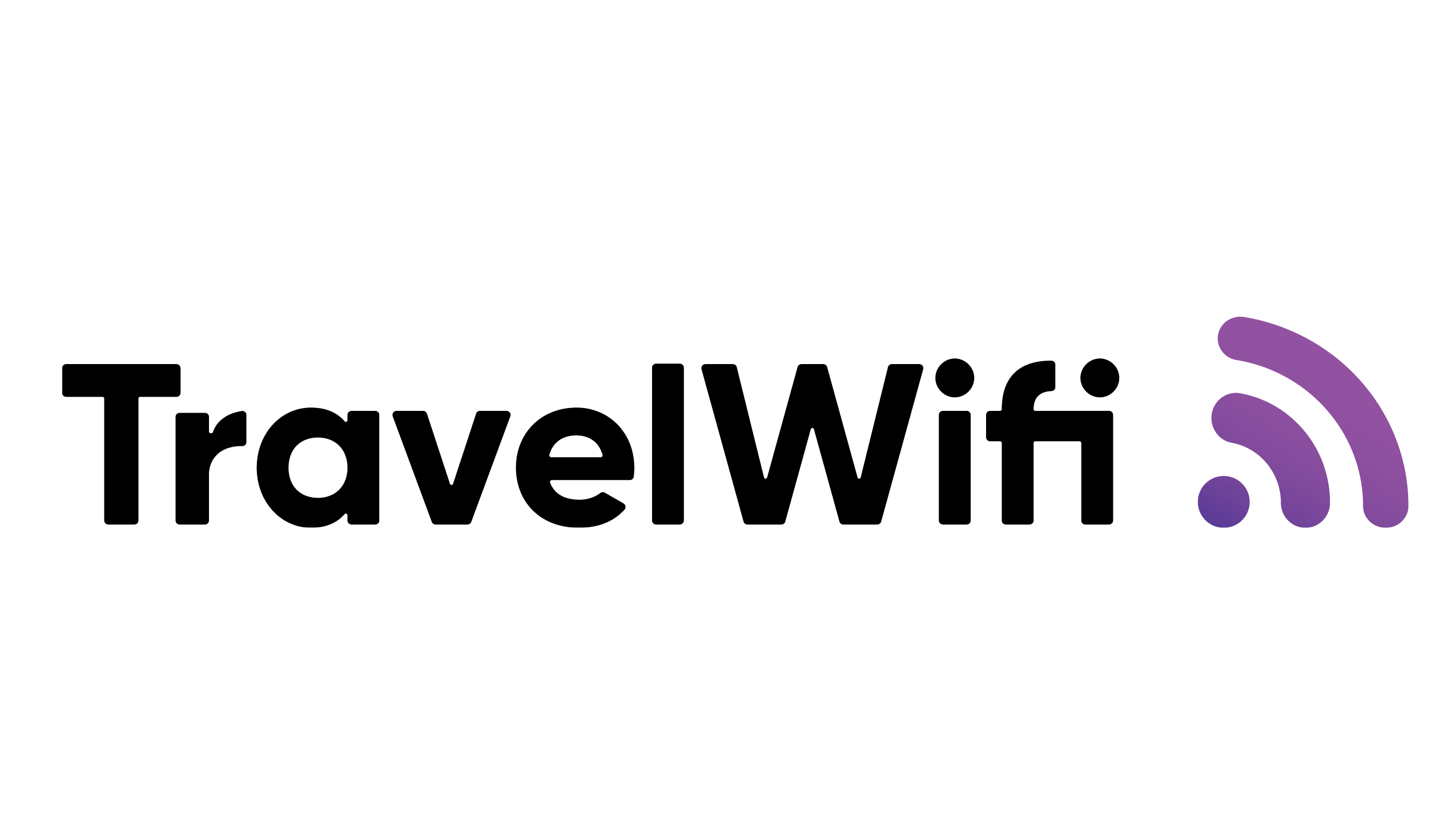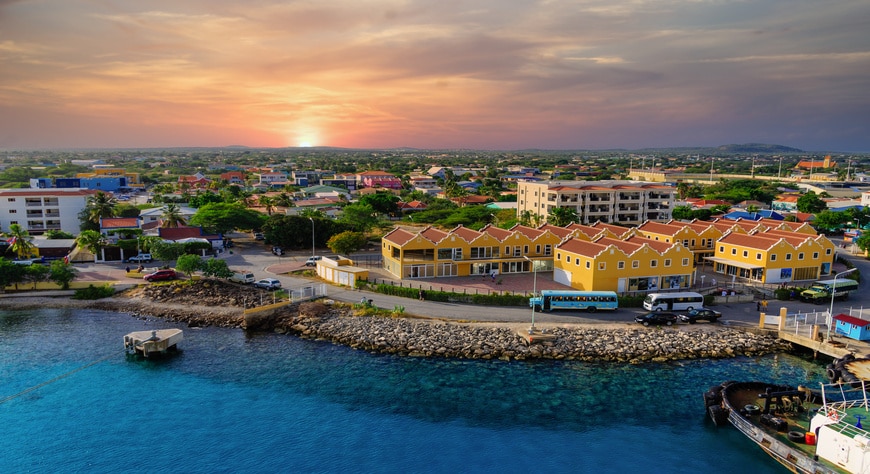Technology has made its way into the heart of modern life. Just 24 years ago the smartphone didn’t even exist and now 2 billion people worldwide own one. The only problem with the massive infiltration of technology is the very technical language that comes with it.
Even if you get your hands on the latest gadgets, there’s no way of explaining to your friends and family why you decided to splash out on that new upgrade when you have no clue what words like, 4G, ISP and MB mean. Most people can recognize those buzz words, but how many actually know what they mean?
In this post we will be deciphering some of the technical jargon associated with your mobile phone and internet connection. Let’s remember you’ll have to be able to keep up with the next generation – who are practically born with an iPad in their hands – so get learning!
Here is a list of the most commonly used technical terms with a less technical and easy to understand explanation of what they mean:
Bandwidth
Bandwidth is the amount of data that can be pushed across a channel. Imagine a stream, if it is narrow, only a bit of water can flow through, however, if you have a wide river (think: the Nile), lots of water can flow through. This is the same with bandwidth, the larger the bandwidth, the more data can flow through and the faster you’ll be able to access the internet!
GSM (“Global System of Mobile Communication”)
GSM stands for Global System for Mobile communications, it’s a digital technology used for transmitting mobile voice and data. It has managed to penetrate 70% of the global communications network and has over 1 billion active users. If you are connected to a network, chances are it’s based off of GSM.
GPRS (“General Packet Radio Service”)
GPRS was one of the first commercial communication channels, and is built on the GSM network. It had a limited amount of data you could push through which is why SMS used to have a 144 character limit. You may remember once having to go back through your text messages and replace ‘you’ with ‘u’ just to save those precious characters! Whilst it’s old, it is still widely used.
EDGE (“Enhanced Data for Global Evolution”)
Edge, like GPRS, is also built on top of the GSM network, however the key difference is that it allowed users to access the internet for the very first time. When it launched 10 years ago, this was cutting edge technology that facilitated much faster data transmission. However, when compared with today’s data download speeds, Edge is very slow, so when you see an ‘E’ at the top of your phone you’re likely to avoid trying to connect.
3G (“3rd Generation”)
Until 2010, 3G was the fastest speed available anywhere in the world. With a 3G connection you can achieve up to 3 Megabits per second of speed – to put that into context, you could download and listen to one song on YouTube every minute. This leap in technology helped pushed mobile browsing to the forefront – finally people could browse their facebook feed unhindered by slow internet!
4G (“4th Generation”)
4G is the next level up from 3G in terms of speed. A mobile phone with 4G available simply means you’ll be able to enjoy the fastest upload and download speeds available currently. 4G connections are typically 5 times faster than 3G – and also likely to be more expensive. You’ll also need to make sure you mobile is “4G enabled” before you can enjoy the faster connections, so make sure to check before you upgrade!
ISP (“Internet Service Provider”)
Think about every internet-connected device; they have to get their internet from somewhere right? These are the ISPs, Internet Service Providers, they supply the gateway to the internet. Interestingly enough, they don’t actually provide the internet, they just allow you to access it from wherever you are. To give you an example, imagine you want to get to a building, you’ll need to have a road first in order to get there. In this example the ISP would be the road that leads you to the building, which represents a website on the internet.
Network Infrastructures
This describes the hardware and software resources of a network that allow your computer, mobile phone and router to communicate with each other so that you can carry on using the internet.
Router
A router is a networking device that is used to relay data packets from a source to a destination. The entire internet functions on sending these data packets from one location to another. As an end user, you can find a router in your home, which receives data from a source somewhere, and relays it to your computer.
Kilobytes (KB)
A kilobyte is a unit of measurement of the size of information on your mobile or computer. A kilobyte is made up of 1,000 bytes – to give you some context, 1 single byte is equivalent to 1 typed letter on your computer. In terms of data usage, an email, without attachments could use between 3 KB – 20 KB and a social media update with a photo could be up to 500 KB of data.
Megabytes (MB)
A megabyte is bigger than a kilobyte and 1MB is roughly 1,000 kilobytes. To give you an idea of how much data 1 MB is, a song on YouTube will use around 1 megabyte per minute.
Gigabytes (GB)
A gigabyte, or 1,000MB, is the largest of the units of measurement that we typically associate with data usage on mobile phones. 1 GB of data could get you approximately 280 app downloads on your mobile or let you watch a movie on Netflix. As data usage varies so greatly, depending on what you use your mobile for, you can expect to get through anywhere between 3GB and 10GB per month – or even more if you’re sharing with the family!
What is roaming?
Normally you are charged by your ISPs rates when you use your mobile phone. ISPs are typically country or region specific, and because they don’t operate globally they cannot provide you with cellular connection everywhere. Your ISP will have deals with other ISPs globally to ensure they can cover their customers in areas beyond their reach. Roaming occurs when you connect to a network, not owned by your ISP but that it has a deal with. It’s usually a lot more expensive, as your ISP will be passing on the extra costs to you the customer!
When does mobile roaming happen?
When you’re at home using your mobile to browse the internet, your Internet Service Provider (ISP) will either charge you for the amount of data you use or they will charge you a fixed monthly fee for using a set amount of data that rolls over every month. For example you could be charged $5 per 100Mbs of data or $50 per month for 1Gb of data to use. Mobile roaming occurs whenever you leave the area covered by your ISP, usually when you go on holiday, and you connect to the internet. Mobile roaming can be very costly as ISPs can charge a huge premium for using your mobile phone abroad – with some horror stories of customers being landed with shock bills they didn’t expect when returning from their holiday. Check out our post on how to avoid data roaming here before you travel!
To avoid getting lumped with huge roaming costs you should definitely take a look at getting your own portable wifi device. A portable wifi device allows you to connect to the internet from wherever you are using a mobile data connection to give you your own ‘hotspot’ or wifi connection.
Instead of having to pay a premium to use the internet when you’re abroad or risk your data on dodgy public wifi, with Tep’s device, you can enjoy your holiday with the comfort that you’ll know exactly how much you’re paying for a safe, secure and reliable connection. The device costs just $9.95 per day to rent for unlimited internet access for up to 5 people at the same time! No more fighting over who gets to use the internet, as everyone can enjoy it – and all on the go. Tep’s got you covered in over 80 countries worldwide so you won’t even have to worry about needing to change SIM cards or buy a different package. It’s one fixed daily cost for your entire holiday! To find out more or to rent or buy a Tep wireless device click here.



